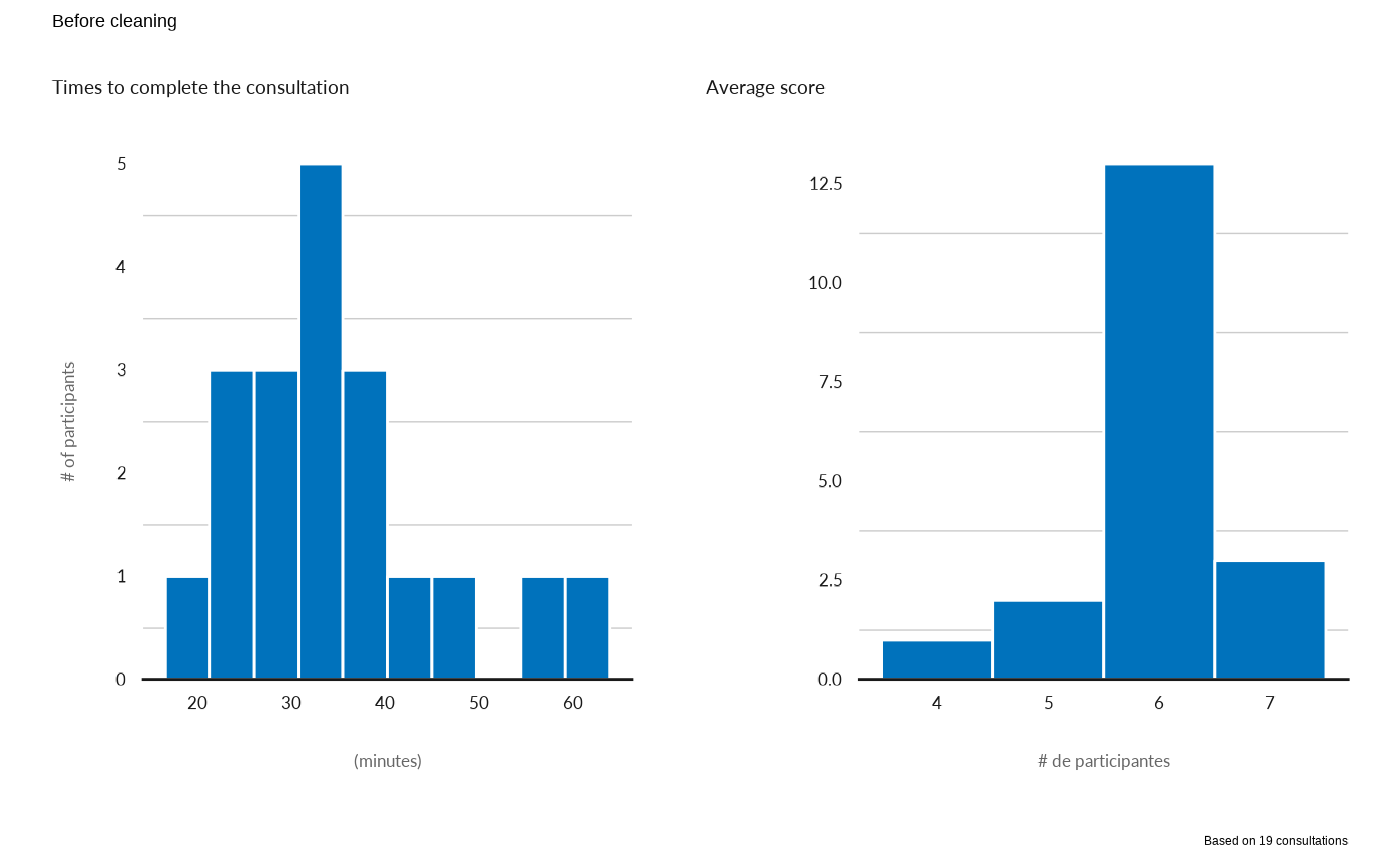What is Conjoint analysis?
Conjoint analysis can speed up expert consultations by offering an __objective mean to compile expert opinions__.
* Conjoint analysis originated in mathematical psychology by psychometricians.
* often used to evaluate how people make decisions between a set of different options when considering a number of criteria at the same time (conjoint features; “trade-offs”).
1. Measurement framework
The Joint Intersectoral Analysis Framework (JIAF) is a theoretical generic measurement framework to be used for Humanitarian needs assessment. It specifies three distinct and complementary components of humanitarian severity and vulnerability indexes:
* Basic Needs & Living standards
* Coping Capacity
* Well Being & Community integration
This generic model can be contextualized: different sub-indicators might be used for each of the 3 components depending on cultural and political situations.
2. Define the combined alternatives to be compared
* participants rate their preferences for profiles with different combinations of the attributes or criteria.
* CA then allows to “decompose” or reverse-engineer these ratings into estimates of how important each criteria or attribute is to a participant’s ranking decisions
3. Utility scales & Agreement levels
Estimating the contribution of each potential answers
* Utility values indicate the overall contribution of each attribute to how the profiles were rated (e.g. whether number of meals is more important in vulnerability scoring than access to safe water).
* A higher _"utility"_ estimate indicates that this level contributes to a higher vulnerability than the level with the lower utility estimate (it does not give an absolute value for the utility of an option, but rather assumes a reference alternative).
* Standard deviation for each level within model allows to better understand how homogeneous the group of experts is with respect to one level.
4. Importance of each criteria
* Importance of each criteria represent the average importance as estimated from all experts.
* Importance values will then be used as the weights for each attribute inside each of our three dimensions.
* Importance values sum to 100
Arguments
- kobodata
path to data collected through kobotoolbox
- koboform
form used to collected through kobotoolbox quadratic survey
- duration_min
used to filter down expert contribution that would have taken less than a certain number of minutes (default is 10)
- duration_max
used to filter down expert contribution that would have taken more than a certain number of minutes (default is 40)
Examples
kobodata <- system.file("data-demo/conjoint_data.xlsx", package = "VulnerabilityScoreCalibration")
koboform <- system.file("data-demo/conjoint_form.xlsx", package = "VulnerabilityScoreCalibration")
cj <- conjoint_review(kobodata, koboform)
#> New names:
#> • `` -> `...1`
#> • `` -> `...2`
#> • `` -> `...3`
#> Warning: There were 12 warnings in `dplyr::mutate()`.
#> The first warning was:
#> ℹ In argument: `margins = list(cregg::mm(data, stats::as.formula(formula), id =
#> ~email))`.
#> ℹ In row 1.
#> Caused by warning in `logLik.svyglm()`:
#> ! svyglm not fitted by maximum likelihood.
#> ℹ Run `dplyr::last_dplyr_warnings()` to see the 11 remaining warnings.
cj[["data_quality"]]
